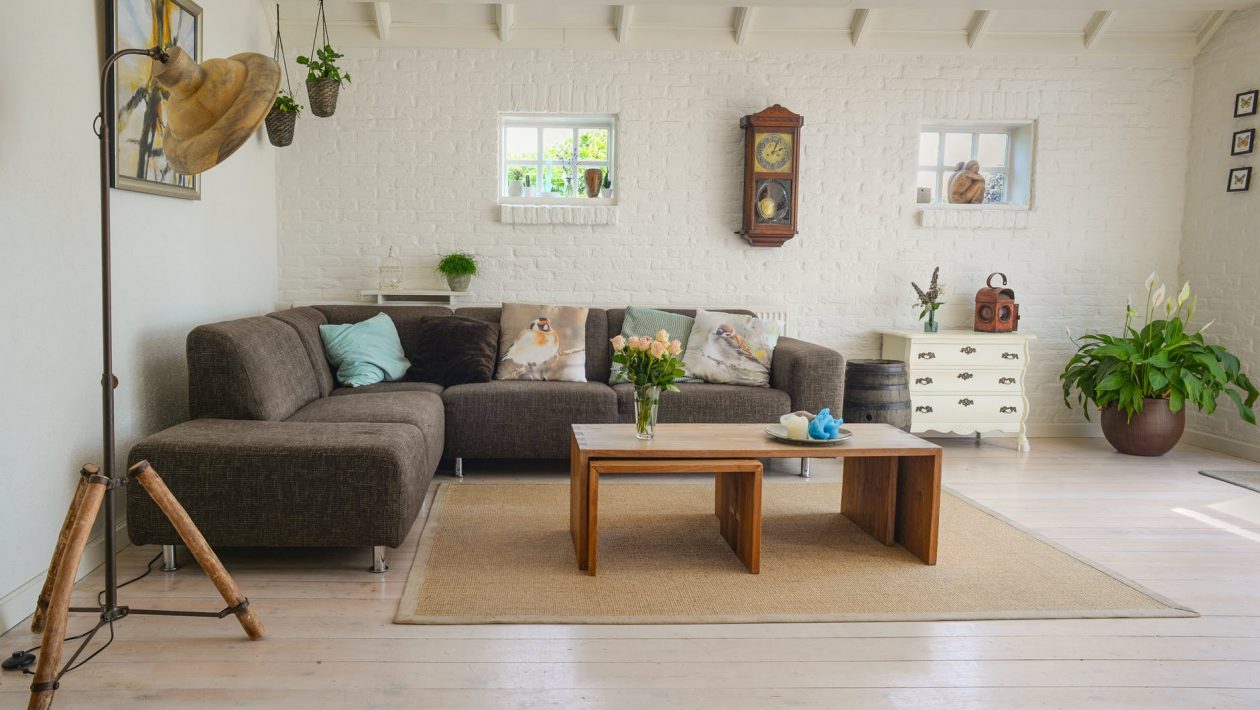When the Scandinavian design first came out in the mid-century, it took the world by storm. Birthed in Europe alongside the modernist movement, it was way ahead of its time. Still, it immediately held the fascination of many, and it has not let go up to this day.
Now, you could not go a single day without seeing its influence. Scandinavian furniture is everywhere and getting even more attention. You go to work, dine in a restaurant, watch TV, and there it is.
Origin Story
The origin of the Scandinavian design can be traced back to the 1930s right around the time that the modernist movement emerged. The term originated from design shows using the same name that showcased the works of various Nordic designers throughout the United States and Canada. They promoted a simplistic way of living and minimalist philosophy. Design shows like these were instrumental in spreading the “Scandinavian way of living,” and in many ways influenced the emergence of modernism in North America and Europe.
Both the Scandinavian and modernist concepts favoured functionalism, but the Scandinavian style was also heavily influenced by the changing seasons of Denmark, Finland, Iceland, Norway, and Sweden. Their short and dark winter days entailed the need to create a warm and comfortable interior. Survival in this region also meant prudent use of resources, meaning, only what is needed is utilised. It resulted in practical and useful furnishings that can make any interior look bright and feel cosy, hallmarks of the Scandinavian style that is still appreciated today.
How to Recognise the Scandinavian Style
The influence of the Scandinavian style is far-reaching, both in terms of time and place. It is heavily incorporated in virtually every home or office interior. In all likelihood, every person has seen Scandinavian furniture at one point or another, though some may not have realised it. For those who may have failed to connect the name, there are ways to recognise the Scandinavian design in furniture.
A Scandinavian furnishing uses natural elements that appeal to people at a fundamental level. It is mostly dominated by light, wooden materials such as birch, teak, spruce, and pine, which are usually polished or stained. The wood is complemented agreeably by leather, wicker, cotton, or wool that optimise light optics. It has very few decorative elements and no unnecessary details. In short, it is sleek and functional yet elegant.
What Makes Scandinavian Design So Popular?
Scandinavian furniture is, first and foremost, functional, with the intent of improving daily lives. This pragmatic approach requires the use of clean lines, simple forms, and a neutral colour palette. (pharmacy) It also uses natural materials in a utilitarian manner.
Scandinavian furnishings go well with an open-plan concept. Their sleek design takes up minimal space, and their muted colour scheme maximises natural light at every turn. At the same time, they can complement a small room perfectly as their spare elegance does away with clutter and unnecessary ornamentation. Their balanced proportion and soft, clean lines can make even the smallest space feel light and cosy.
The Scandinavian design is a graceful combination of practicality and sophistication that would go well in homes. It also has ergonomic advantages that would benefit offices. It is a timeless design that is capable of crossing geographic, cultural, and even generational barriers for years to come.





